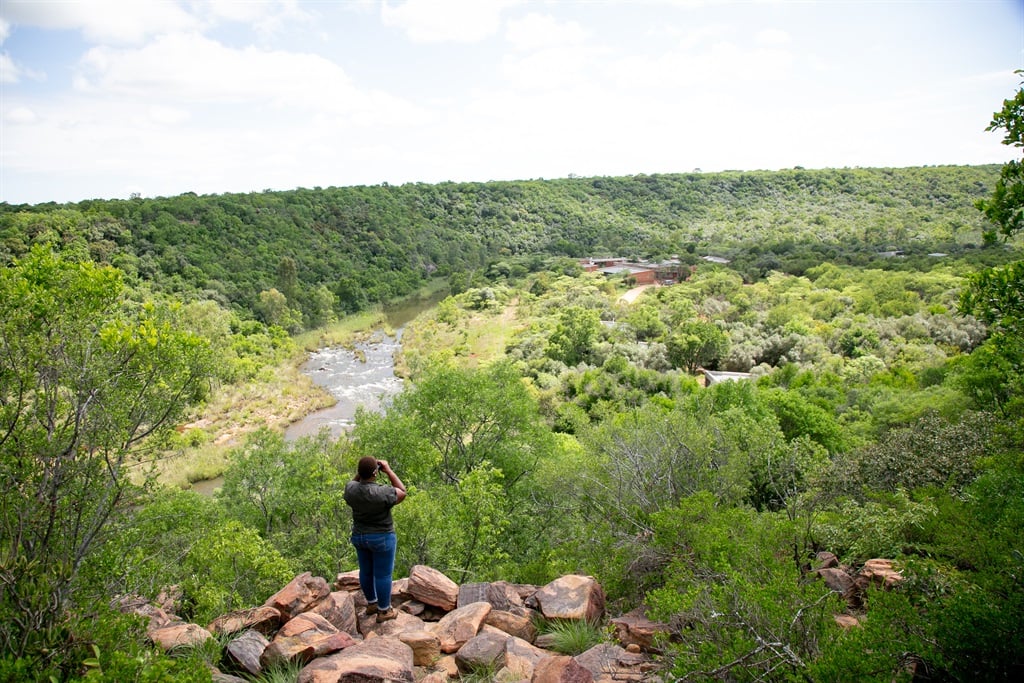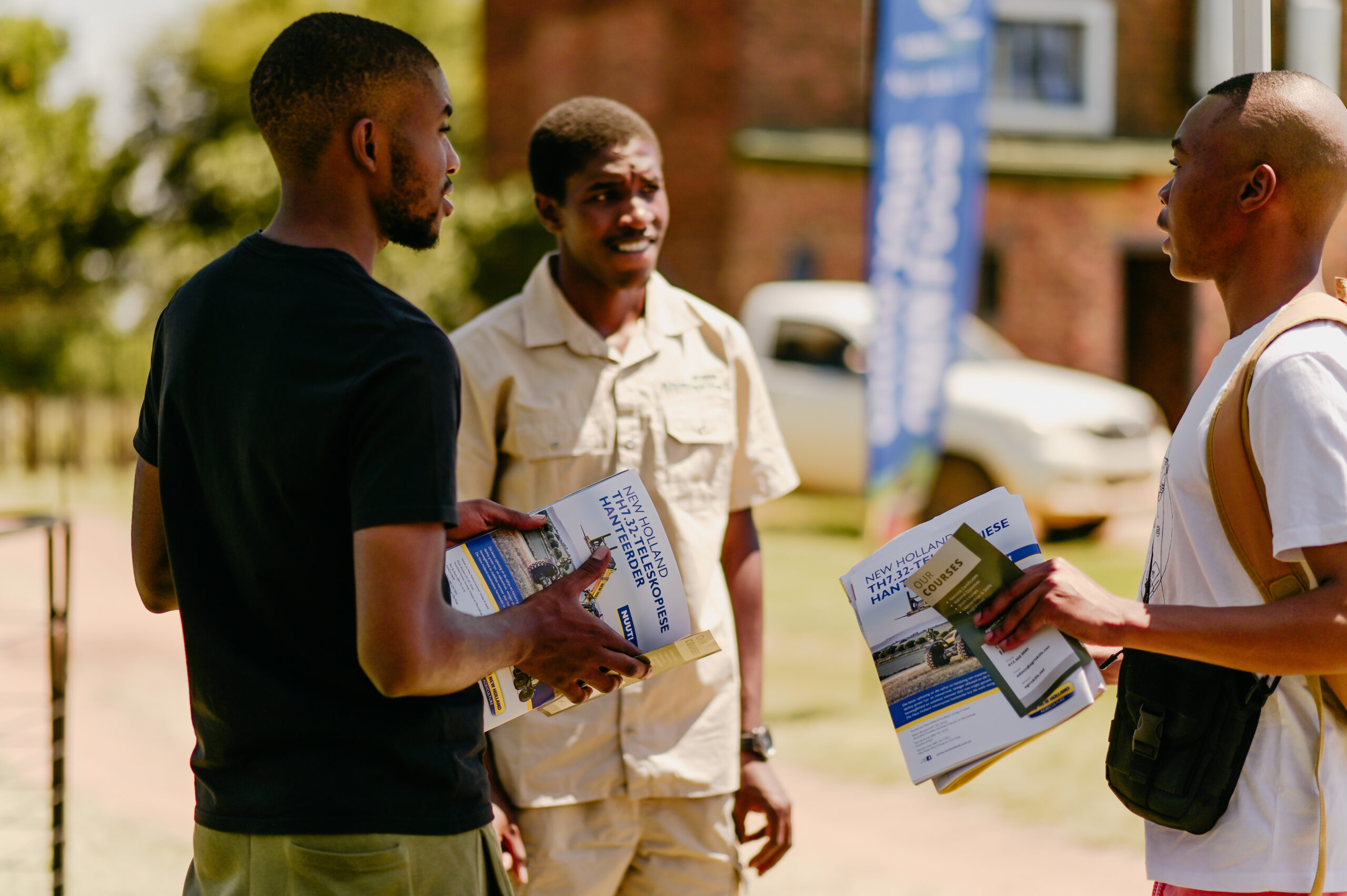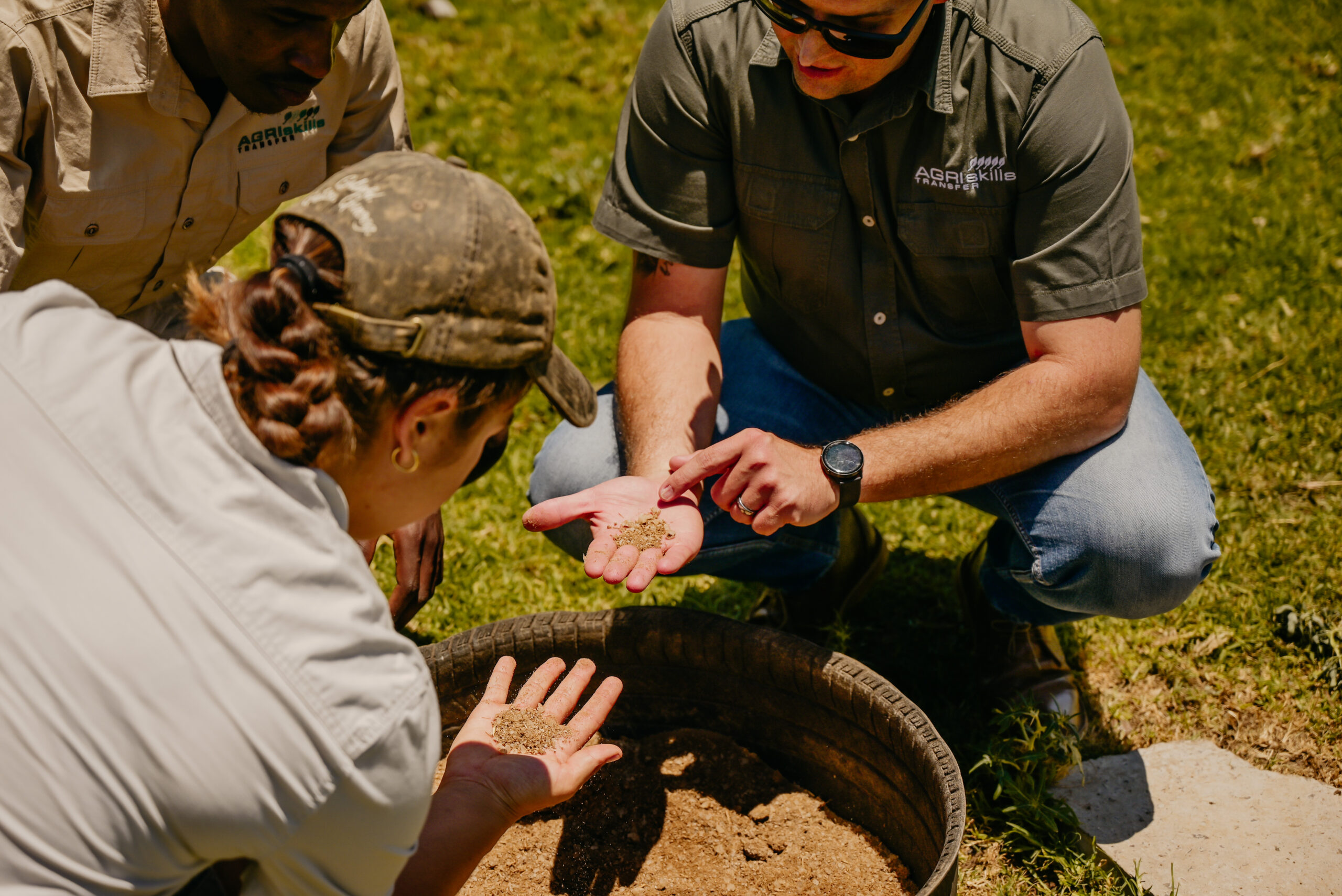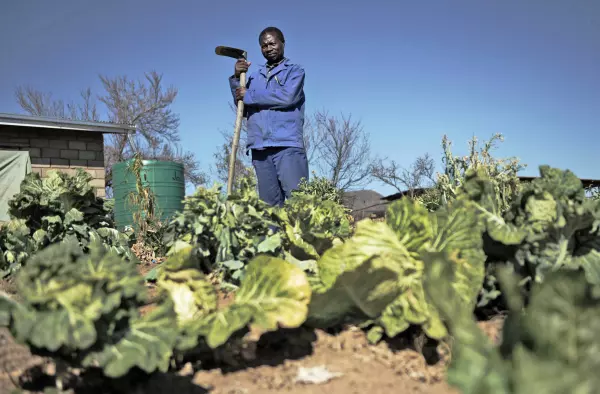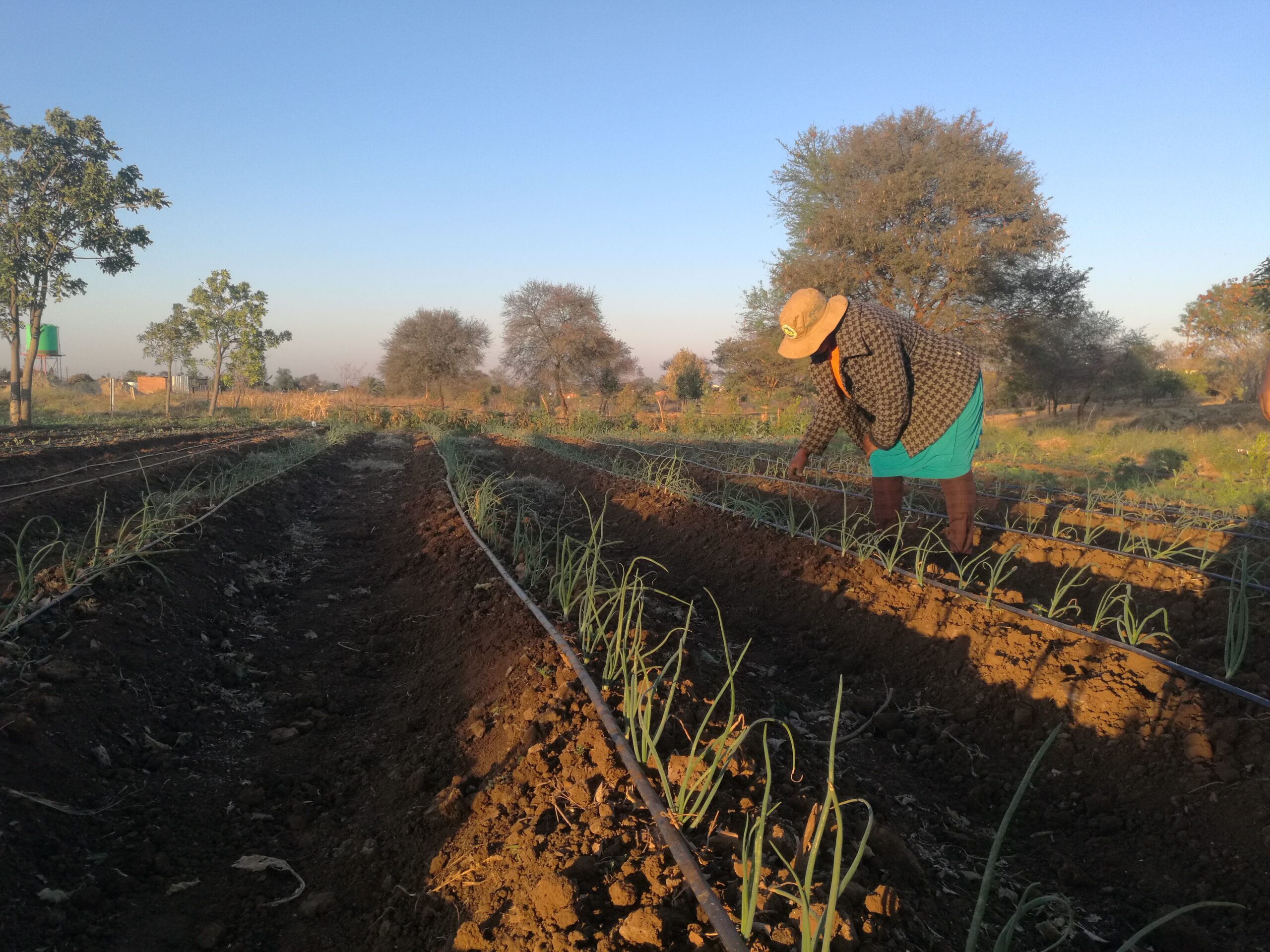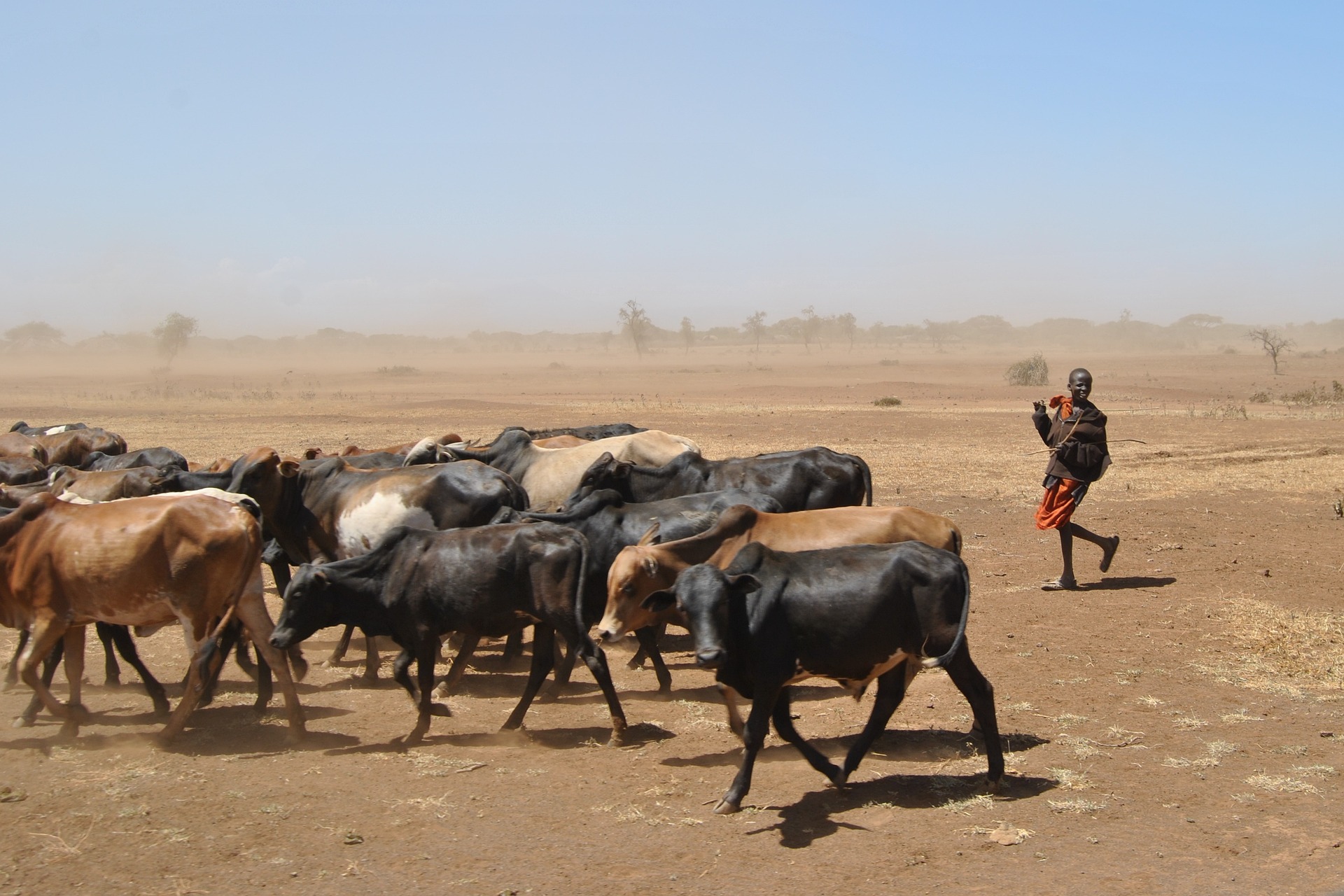Farmers in the Waterberg area of Limpopo have taken a stand to block an application for prospecting in a ‘Critical Biodiversity Area’ of the Waterberg.
An unknown company, Legae Mining, on 11 August 2023 posted notices of an application for prospecting rights on farm gates on portions of the farm Hartbeesfontein in the Waterberg which is adjacent to the Marakele National Park.
If this prospecting is allowed to go ahead, it will not only harm the integrity of Marakele, but of the whole Waterberg area. “Should this project go ahead to its fullest consequence, the unique character and ambience of the Waterberg will be destroyed forever,” says Dr Wilhelm Schack, director of Eco Group Africa.
He is coordinating the process to stop the mining application before 12 September, the deadline for arguments against the application set by Legae Mining’s consultants Basia Environmental Consultants (BEC).
Kransberg Conservancy
Wilhelm initiated the founding of the Kransberg Conservancy, which was established on 11 July, one month prior to notices being posted on gates and fences on 11 August. The deadline of 12 September was set by the consultants for Legae Mining with regards to the prospecting rights application on Hartbeesfontein.
The Limpopo department of Economic Development, Environment and Tourism (LEDET) declared this area a Critical Biodiversity Area in the provincial gazette in the category CBA 1, a critical biodiversity area of irreplaceable value in 2019, which means no mining, industrial development, housing developments, golf states or resorts may be developed. Also, intensive animal production, dairy farms, and feed lots are banned. Only game and cattle farming and ecotourism are allowed.
“As a member of the (Waterberg Environmental Biodiversity Conservation (WEBC) Forum, we managed to get gazetted the enclosed CBA map. If the area that they want a prospecting license for is in a CBA then it is illegal to do so!” says Dr Syd Catton, director of the Waterberg Development Initiative. The farm Hartebeesfontein is certainly located within CBA1.
- The Lephalale River runs through Marakele National Park, which is adjacent to the area targeted for mining prospecting. (Wikipedia)
- A hill in Marakele National Park is typical of the Waterberg Mountains. (Wikipedia: manderson2 – https://www.flickr.com/photos/amanderson/32142143044/)
Minerals
The unknown mining group Legae Mining, who has appointed the independent Basia Environmental Consultants (BEC) to act on their behalf, is applying for prospecting rights for chrome, iron, cobalt, manganese, and tin.
The whole area falls within Waterberg group sediments: The Rooiberg Tin mine to the south and the Thabazimbi iron ore deposits to the west all fall within the Transvaal supergroup. There is a small manganese deposit known from the Waterberg group but that is uneconomical to exploit. Cobalt has been found in small concentrations in the Bushveld Igneous Complex and Transvaal Supergroup. Some of the world’s largest chrome deposits are to be found in the Bushveld Igneous Complex to the south, which has nothing to do with the Waterberg sediments.”
It is possible that this is a scam prospecting application because there is no reference to Legae mining company to be found. This is known to have happened where a front company puts in an application in the hope of securing funding from one of the big mining companies.
A big portion of Hartbeesfontein falls within the Marakele National Park, hence will form part of the core area of the Waterberg Biosphere Reserve. The remainder of the farm will fall within the buffer zone. In a Biosphere Reserve, mining will only be allowed further afield within the transitional zone.
The transition area is where communities foster socio-culturally and ecologically sustainable economic and human activities. Buffer zones surround or adjoins the core area(s) and may be used for activities compatible with sound ecological practices that can reinforce scientific research, monitoring, training, and education. Core areas comprise a strictly protected zone that contribute to the conservation of landscapes, ecosystems, species, and genetic diversity.
- Leopard and lion are the big cats found in Marakele National Park.
- Marakele National Park offers a quiet retreat in the wild.
Questions remain:
- Have they specified which of the many portions of the farm Hartbeesfontein they are earmarking for prospecting?
- Where exactly do they intend to prospect, in other words: every single prospecting point.
- How do they intend to move equipment to said point? Will roads and other infrastructure need to be built?
- If to get to set point roads will need to be constructed and or the drilling sites need to be cleared an appropriate environmental impact assessment per prospecting site will be required.
- What type of prospecting will be conducted? If drilling is conducted and water needs to be used, have they applied for a water use licence?
- If drilling is required, at what depth are they working at and how will they safeguard the existing groundwater from contamination?
“For us to be successful in this matter we need to muster massive support from any conceivable and credible source. The integrity of our dear Waterberg is at stake, and we don’t want it to be trampled on by opportunists and greedy extractors,” concludes Wilhelm.
Cape Vultures
With International Vulture Awareness Day celebrated on 2 September, it is important to note that this property is in the immediate vicinity of the Cape Vulture (Gyps coprotheres) breeding colony in the Kransberg.
According to Wilhelm, there are 634 breeding pairs of Cape Vultures in this colony according to the Vulpro 2022 census report in this area, which is one of only five in the country, therefore making it an extremely important site to protect the area of 569,8 ha of the targeted farm forms part of their feeding area. This species, which is one of nine species that occur in South Africa, is listed by the IUCN red list as vulnerable.
Studies have shown that the Kransberg colony is one of the largest colonies. Although the population declined between 1983 and 2003, they have increased again from 2004 to 2017. If this trend continues, the Kransberg population will likely be stable and increase in size in future, a huge testimony to all the individuals and institutions who have allocated massive efforts and resources to protect an extremely valuable world asset.
- Buffalo did not exist in the park, but 20 disease-free buffalo (nine cows and eleven bulls) were re-introduced on 15 October 2013. (Source: Pixabay
- Leopard and lion are the big cats found in Marakele National Park.
Marakele National Park
Marakele National Park was proclaimed as Kransberg National Park in1994 before it was renamed in 1999.
Acclaimed South African writer and naturalist Eugene Marais, who was born in Pretoria in 1871, conducted groundbreaking research well ahead of the rest of the world’s scientific community in the Waterberg from 1905 and onwards. He wrote about the animals he observed, including termites (The Soul of the White Ant/Die Siel van die Mier) and baboons (Burgers van die Berge). He also studied snakes like black mamba, spitting cobra, puff adder and a wide spectrum of natural phenomena.
Waterberg Biosphere Reserve
Marakele lies within the Waterberg Biosphere Reserve, the first region in the northern part of South Africa to be named as such by UNESCO in 2001.
The Waterberg Biosphere Reserve is situated in the Bushveld district in Limpopo. “It serves as a substantial contributing catchment area to the water reserves for this arid region and the neighbouring countries Botswana, Zimbabwe, and Mozambique in the Limpopo River basin. “These communities rely heavily on this scarce water source for human livelihoods and health of ecosystems,” according to Schack.
The area consists of low mountain ranges and escarpments with poor soils and a relatively low level of economic activity. The vegetation is dominated by different veld types that are characteristic of mountainous savannah areas, which creates a rich biodiversity with more than 5 500 plant species.
“It is therefore incumbent on current and future generations to protect this absolutely unique and threatened ecosystem, not only for the relatively ‘narrow’ interests of a few local landowners, but on a much larger scale of regional and international interests of countries in the SADC region,” Schack concludes.
The area has been inhabited over hundreds of thousands of years and is one of the most important San rock art areas in South Africa. There are significant ancient archaeological sites of traditional Tswana culture in the direct vicinity of the proposed prospecting site, making it all the more critical for us to protect this valuable landscape for future generations and the world at large, Schack emphasises.
The major source of income is ecotourism, but people also raise crops (very limited scale) and cattle but are increasingly switching from cattle and crop farming to game ranching, ecotourism, and conservation due to traditional farming practices becoming uneconomical.
Contact details
Contact Wilhelm Schack at 083-301-8119 or send an e-mail to wilhelm@ecowild.co.za for more information.
- The targeted area was declared a category CBA 1, a critical biodiversity area of irreplaceable value in 2019. (Provided)
- The targeted area is the feeding grounds for a vulture population in the Kransberg. (Source: Pixabay)
References
Biosphere Reserves (https://en.unesco.org/biosphere/about).
BirdLife International (2023) Species factsheet: Gyps coprotheres. Downloaded from http://datazone.birdlife.org/species/factsheet/cape-vulture-gyps-coprotheres on 03/09/2023. Recommended citation for factsheets for more than one species: BirdLife International (2023) IUCN Red List for birds. Downloaded from http://datazone.birdlife.org on 03/09/2023.
http://datazone.birdlife.org/species/factsheet/cape-vulture-gyps-coprotheres/details
Cilliers, S. (2023) Onontbeerlike aasvoëls steeds erg bedreig. Netwerk24 https://www.netwerk24.com/netwerk24/nuus/omgewing/grafika-onontbeerlike-aasvoels-steeds-erg-bedreig-20230901
Marakele National Park https://en.wikipedia.org/wiki/Marakele_National_Park
Tempelhoff, E. (2023) Waterberge: Streep in sand oor dié myn. Netwerk24. https://www.netwerk24.com/netwerk24/nuus/omgewing/waterberg-grondeienaars-trek-streep-in-sand-oor-prospektering-in-sensitiewe-gebied-0230829?fbclid=IwAR00o9bMDwtmKib3FrxIz5ioji_tjWZX36ANFQSTFr_mCxR9SePH28g2yxc
Waterberg Biosphere https://en.wikipedia.org/wiki/Waterberg_Biosphere
Waterberg Biosphere Reserve, South Africa https://en.unesco.org/biosphere/africa/waterberg

